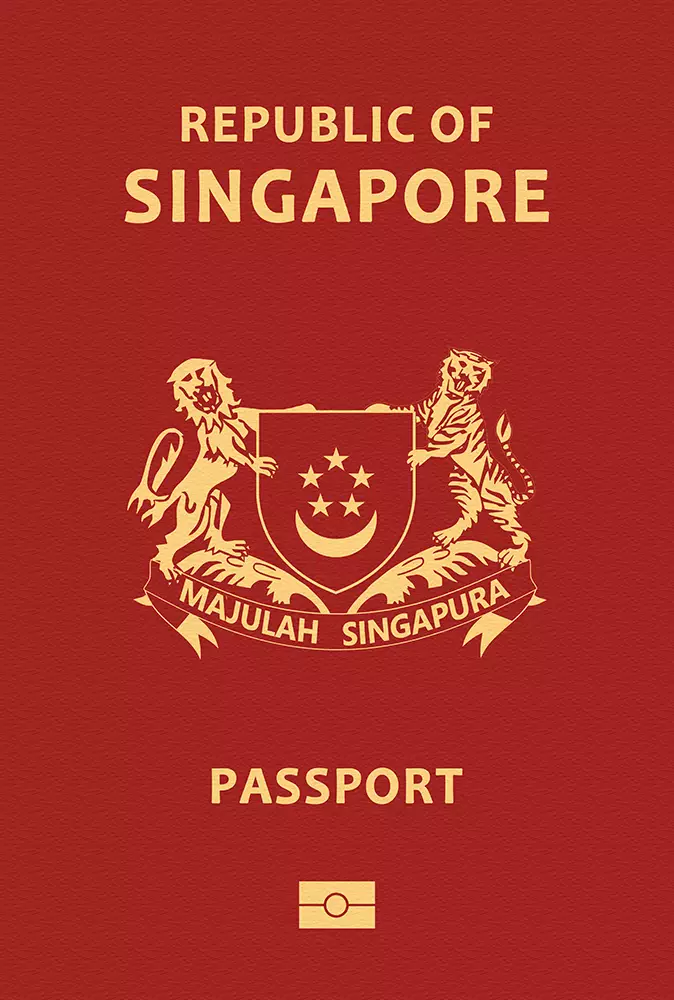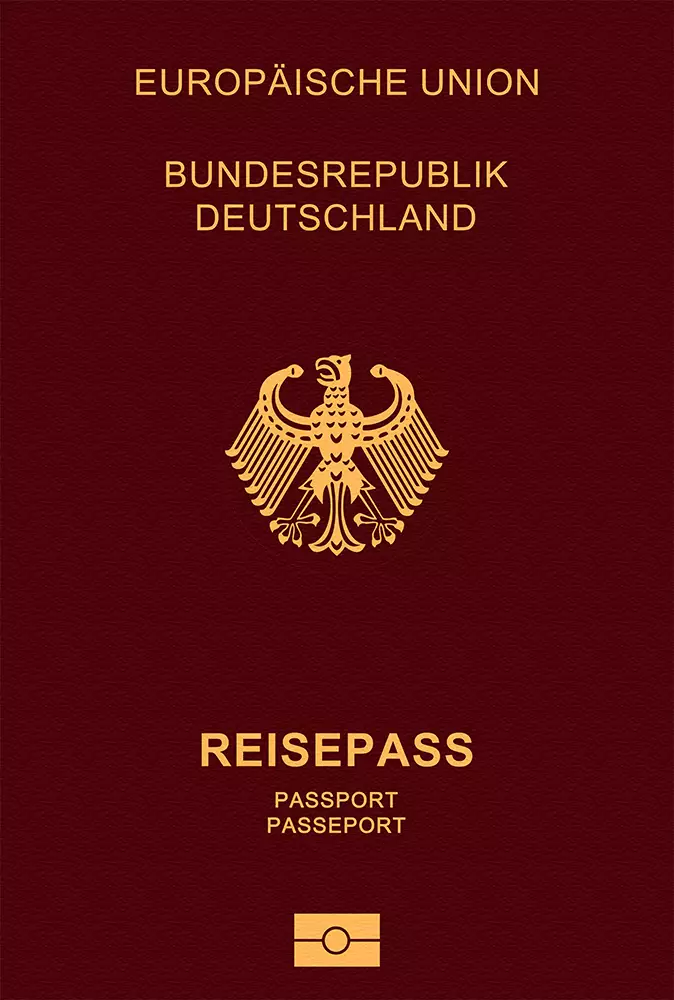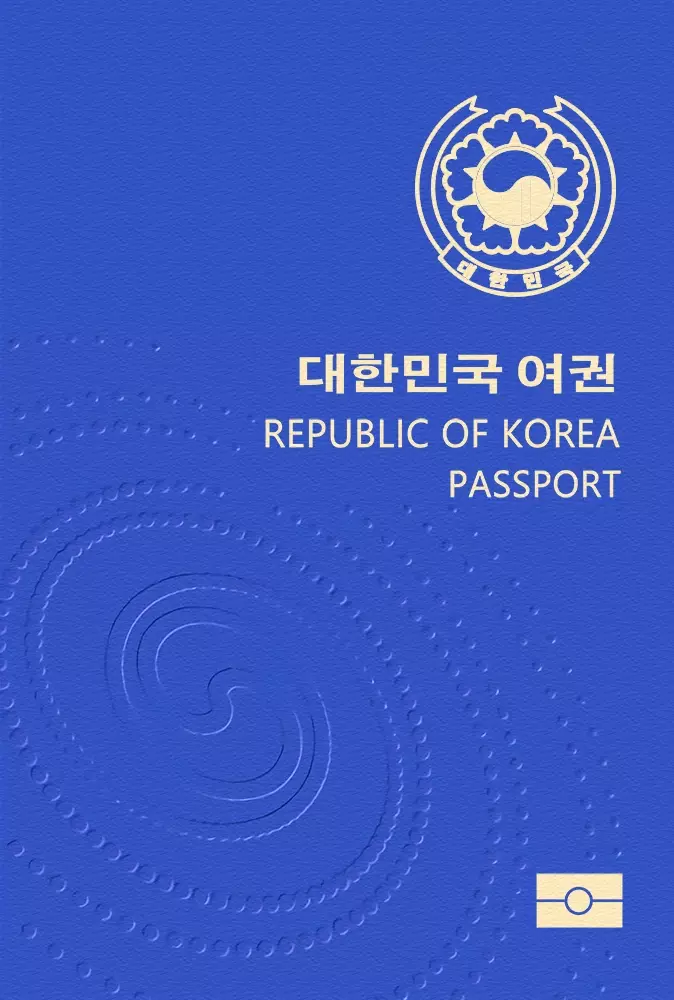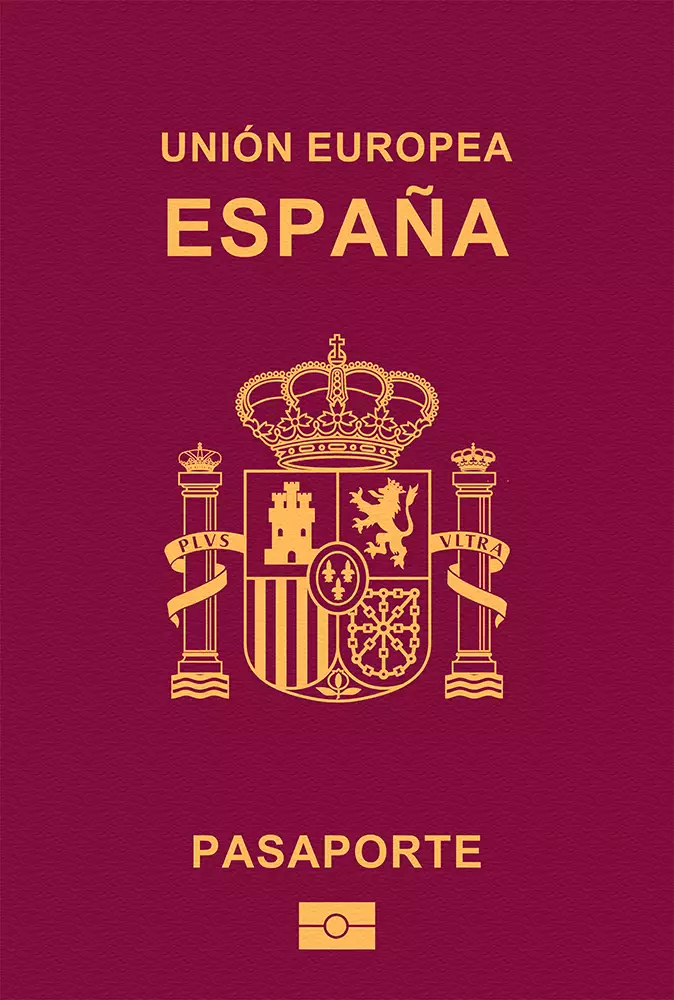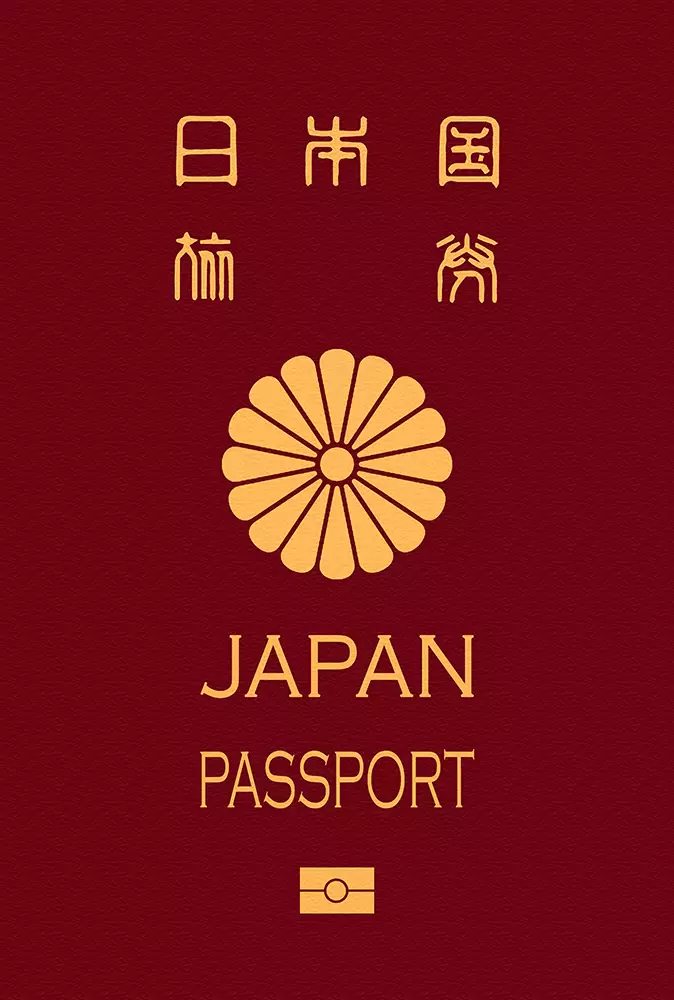The Republic of Guinea-Bissau was a former Portuguese territory. It is located in Western Africa and has eight regions. Its boundaries include Guinea, Senegal, and the North Atlantic Ocean. The most important regions are Bissau, Biomo, and Bolama. The country is Africa's 42nd largest, spanning 36,125 square kilometers. This places it among the continent's smallest countries. Its climate is tropical, which means it is frequently hot and humid, with a monsoon rainy season that lasts from June to November. The environment is composed of low coastal lowlands, wetlands, and mangroves, with wooded savanna to the east. The total population surpasses 1.8 million.Bissau, the country's capital and most populous city, with 500,000 residents. Other prominent cities in the country include Bafata, Gabu, and Bissora. The largest airport is Osvaldo Vieira International Airport (OXB). It connects the country to locations in Africa and Portugal. The Republic of Guinea-Bissau gained independence from Portugal in 1973. Its culture is characterized by a blend of traditions and Portuguese origins. The country has a diversified religious population, with Muslims comprising the vast majority. The country's official language is Portuguese. The legal system is civil law, derived from the Portuguese system. President Umaro Cissoko Embalo was chosen chief of state, and Prime Minister Nuno Nabiam led the government. Elections are held every five years, and the president is elected with an absolute majority. The official currency of the country is the West African CFA franc (XOF), with a current exchange rate of XOF 560 to the US dollar. Guinea has an open economy and a GDP of approximately $3.3 billion. The per capita income is $1,951. Services, agriculture, and industry make up the largest share of GDP.Cashews make for 80% of the country's exports and are currently the primary source of income. There are, however, significant mineral reserves for future exploration and economic development. Guinea-Bissau is a growing tourism destination with few tourist attractions. It's noted for its wildlife and landscape. There are currently no UNESCO World Heritage Sites. The main tourist attractions are beaches and wildlife trips. Popular destinations include Orango Island, Bubaque Island, Dulombi-Boe National Park, Bissau, Bolama Island, Varela, Rubane, and Saltinho. The country receives roughly 45,000 visits each year on average.







































































































































































































































